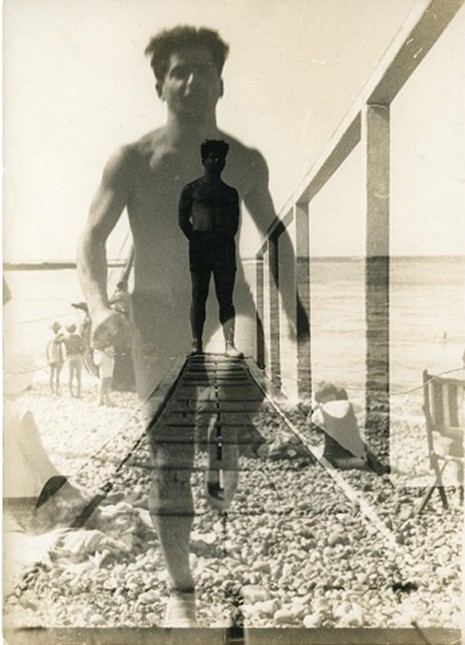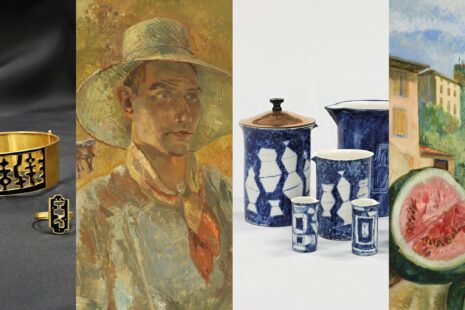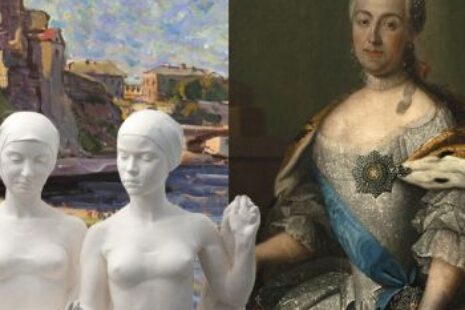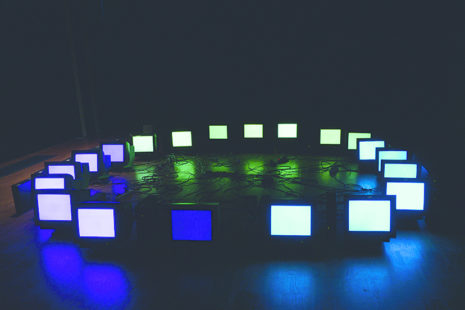His well known yet partly forgotten three photographic projects in 1931, The Ghetto Lane in Wilna, Paris: 80 Photographies de Moï Ver (with an introduction by Introduction by Fernand Léger), and Ci-Contre – 110 Photos de Moï Ver (that was not published at the time), have remained milestones in the art of the 1930s as he created and imposed a new visionary style in photography. Like his contemporaries who considered the tradition of romantic Pictorialism in photography as decadent and anachronistic he reverted to an almost anti-photographic style that relied on an avant-garde vision under the influence of his teachers at the Bauhaus in Dessau such Klee, Kandinsky, and Albers, and especially Moholy-Nagy.
As a contemporary of artists such as Man Ray, Ilse Bing, Hanna Höch, André Kertész, Brassaï, Germaine Krull or Dora Maar, who were all active in Paris at the same time and like most of them Moi Ver’s photographic vision was a combination of innovative painting and advanced unconventional camera practice that yielded radical images. Moï Ver’s work is a perfect example of the modernist movement of the early 20th century and reflects the social, cultural, and artistic changes that were taking place at the time.
Decades ahead of his time, the collages, multiple exposures and the combination prints he produced were a vibrant depiction of the dynamism of the modern metropolis and are still relevant and modern as an advanced form of photographic expression which has influenced since then generations of photographers.
Curator is Dr. Nissan N. Perez.
Gallery name: National Gallery of Art, Vilnius
Address: Konstitucijos ave. 22, Vilnius
Opening hours: Tue, Fri-Sun 11:00 - 19:00, Thu 12:00 - 20:00
Open: 13.12.2019 - 23.02.2020







